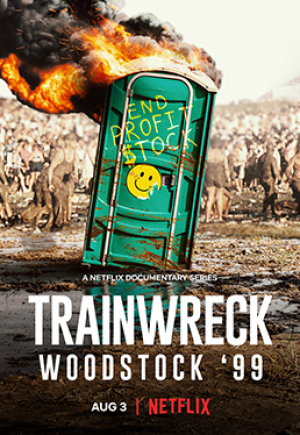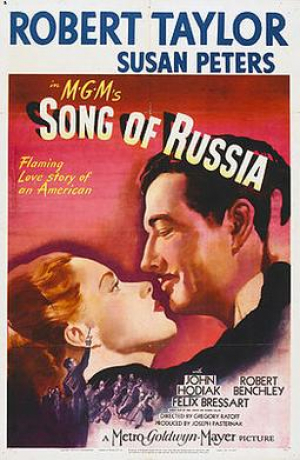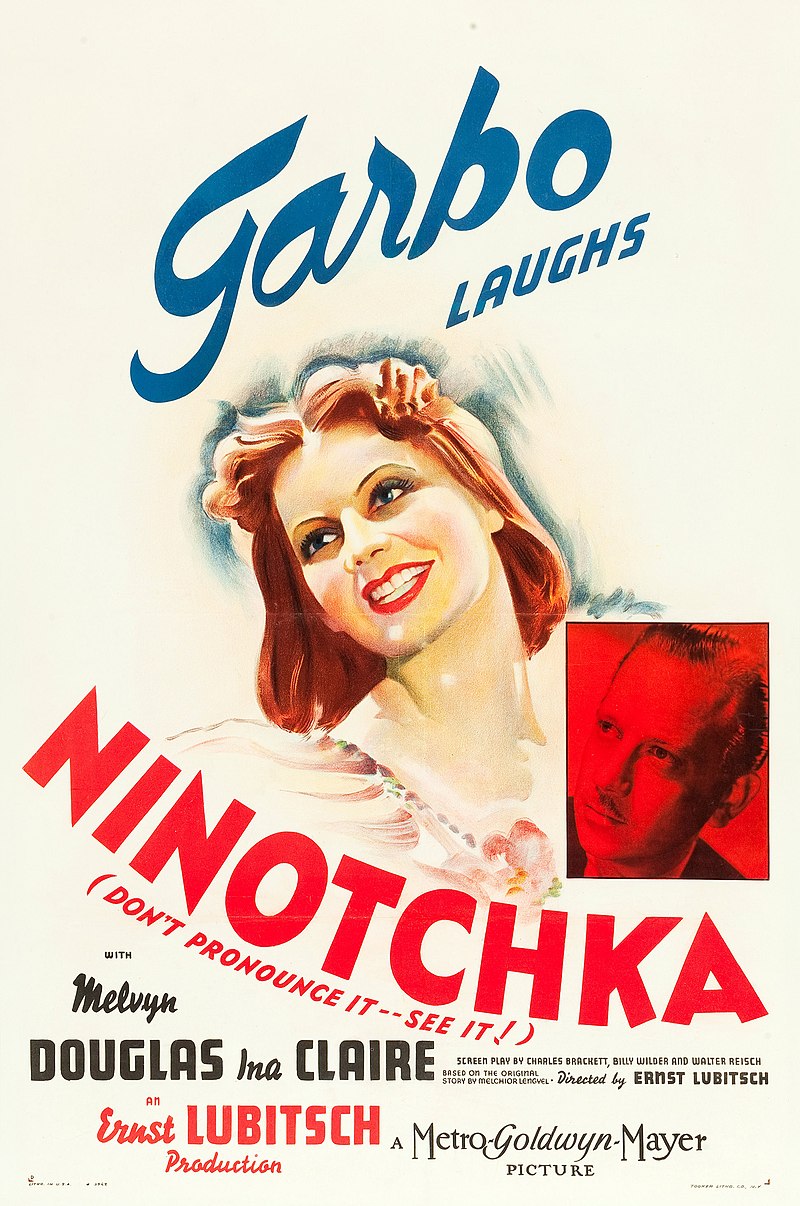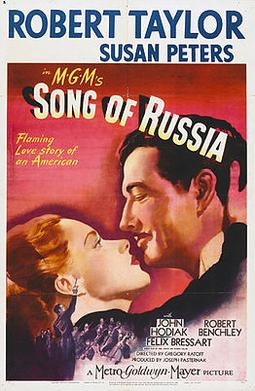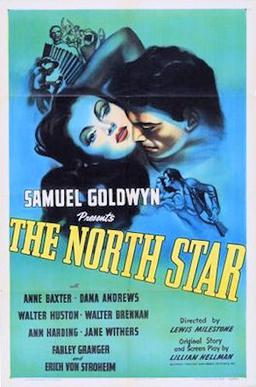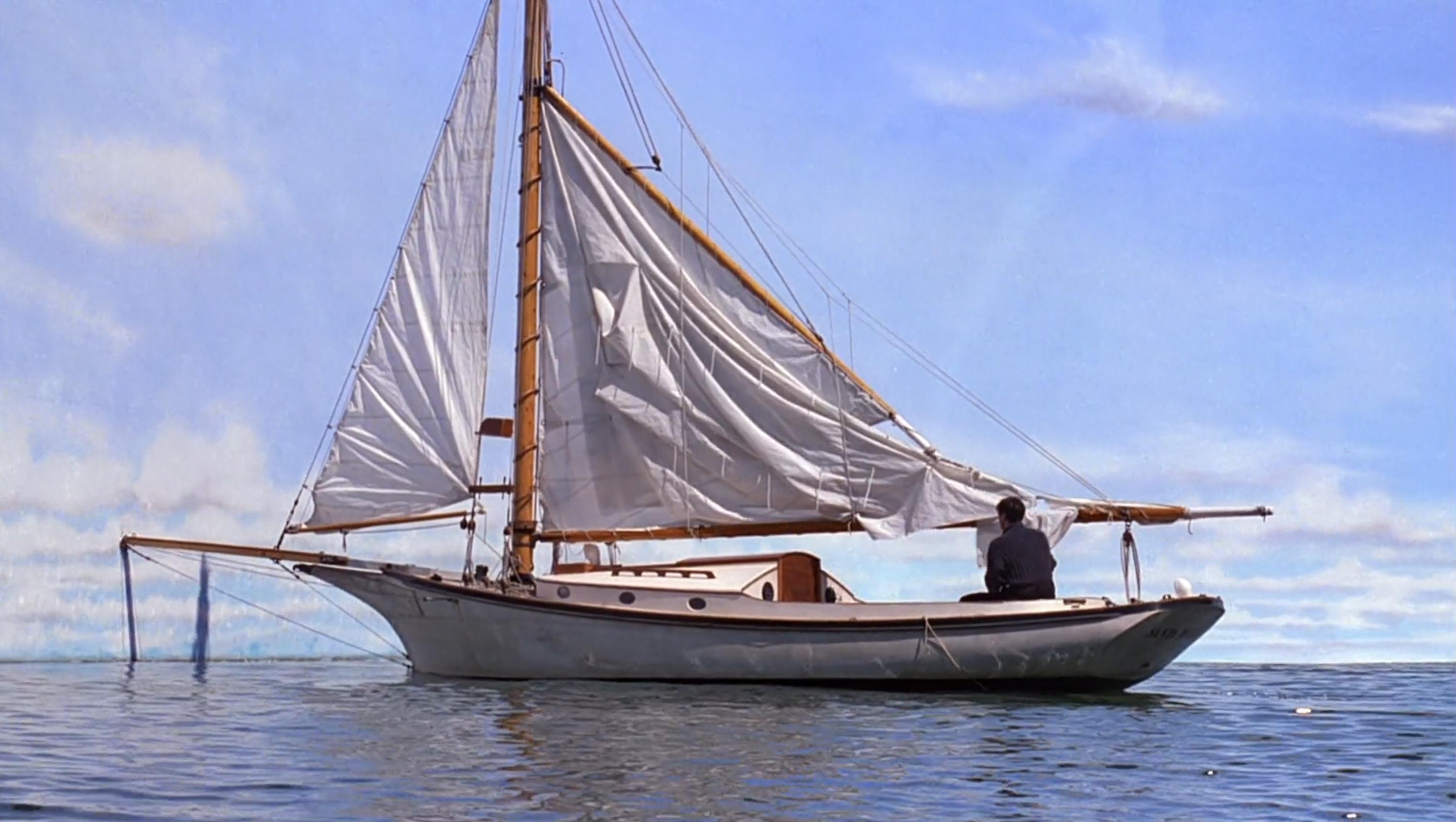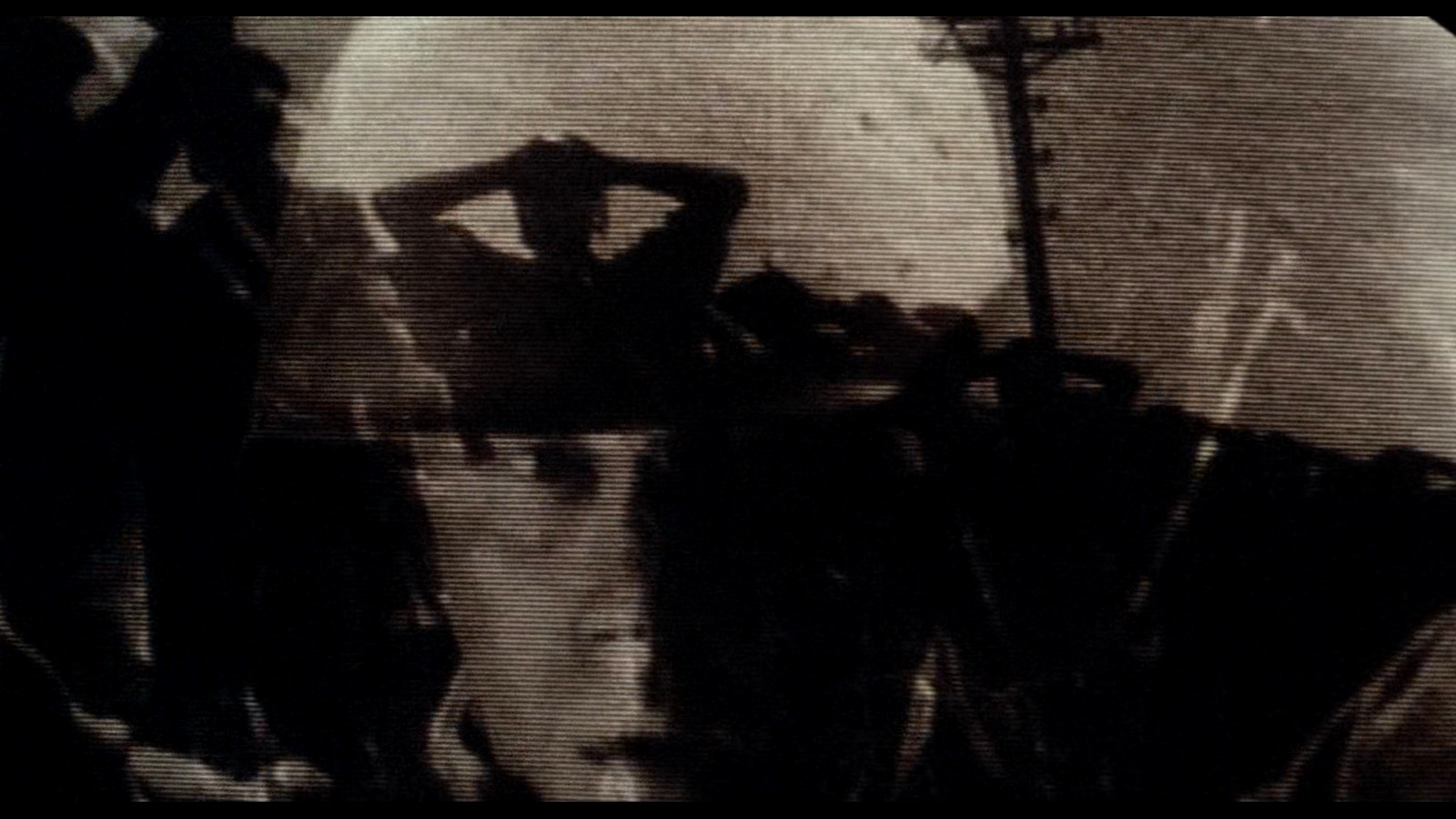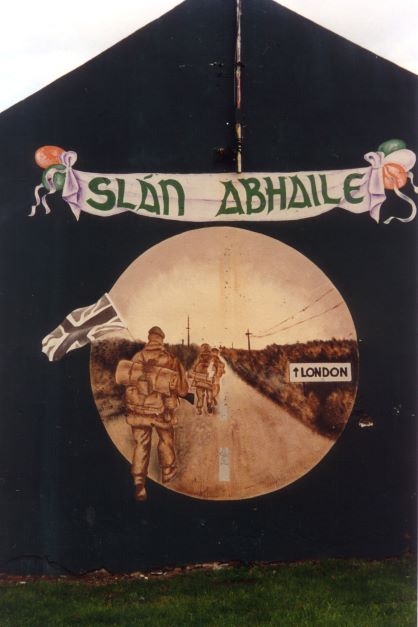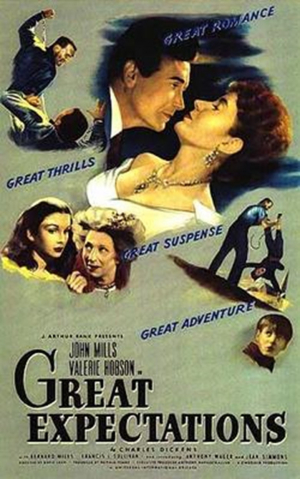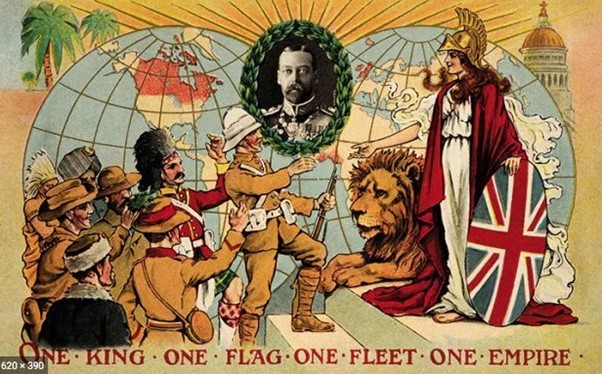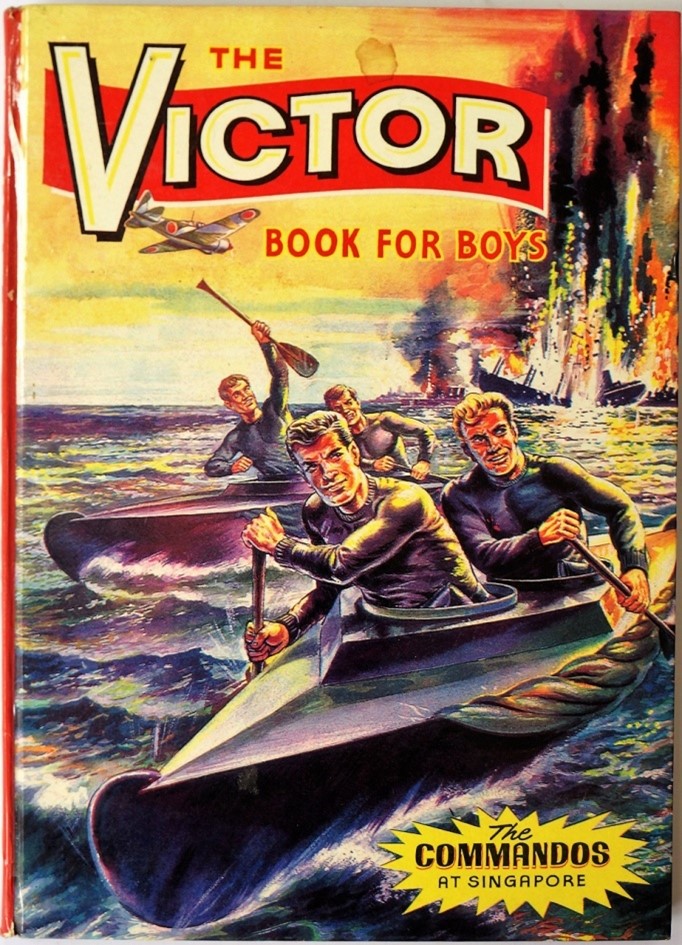On the 210th anniversary of Charles Dickens' birth, 7 February 1812, Caoimhghin Ó Croidheáin writes about Dickens, how social realist cinema has filmed his books, and how modern society needs the same kind of sharp, critical, humanist and writerly eye
Between 1935 and 1952 seven films were made based on the novels of Charles Dickens (7 February 1812 – 9 June 1870). Silent films were made too but this article focuses on the talkies. They were filmed in the social realist style, a style that was popular after the Great Crash and reflected the hardships facing people at the time. Social realism is a style often used by directors, artists, composers and writers to expose the living conditions of the poor and government lack of action.
Dickens's works on film, as in their literary forms, satirise the money lenders, bankers, the rich, the aristocracy, and the landed gentry, while at the same time showing the effects of poverty on the working class in what some would see as overly sentimental depictions. This is not surprising as sentimentalism was an earlier literary movement at the time and which Dickens was likely to have been influenced by. However, Dickens's novels went way beyond the sentimentalist style and delved into critical realism which made them ideal for later social realist films. These films stand in stark contrast to much cinema today for their satire, humanity and empathy with the downtrodden. Here I will look at the ideas and influences in Dickens's novels and why they are still important as a standard for contemporary literature.
Was Dickens a sentimentalist or realist?
The extent of extreme poverty in the eighteenth and nineteenth centuries is not disputed but at the time few wrote about the poverty and less cared about it. Robert C. Solomon, in A Passion for Justice: Emotions and the Origins of the Social Contract, wrote that:
There have always been the very rich. And of course there have always been the very poor. But even as late as the civilized and sentimental eighteenth century, this disparity was not yet a cause for public embarrassment or a cry of injustice. [...] Poverty was considered just one more "act of God," impervious to any solution except mollification through individual charity and government poorhouses to keep the poor off the streets and away from crime.
Enlightenment ideas eventually gave rise to social trends that emphasised humanism and the heightened value of human life. These trends had their complement in art, creating what became known as the 'sentimental novel'. While today sentimentalism evokes maudlin self-pity, in the eighteenth century it was revolutionary as sentimental literature:
....focused on weaker members of society, such as orphans and condemned criminals, and allowed readers to identify and sympathize with them. This translated to growing sentimentalism within society, and led to social movements calling for change, such as the abolition of the death penalty and of slavery. Instead of the death penalty, popular sentiment called for the rehabilitation of criminals, rather than harsh punishment.
So how did the elites react to such criticism of their way of life in literature? In the eighteenth century, as Ralph Fox writes in The Novel and the People :
'Society,' by which we mean the ruling class, could not allow the moral perversion of the 'public'". However, the writer of the English novel in the eighteenth century could "sit apart and observe the life of the nation, to be angry, ironical, pitiful and cruel as the occasion demanded" as "there was no chance of any but the smallest number of his characters, the wealthy and the privileged ones, reading his books.
However, this all changed as books became more affordable and a large reading public developed in the nineteenth century. Literary style moved from the subjectivity of sentimentalism to the objectivity of realism:
Realism as a movement in literature was a post-1848 phenomenon, according to its first theorist Jules-Français Champfleury. It aims to reproduce "objective reality", and focused on showing everyday, quotidian activities and life, primarily among the middle or lower class society, without romantic idealization or dramatization. It may be regarded as the general attempt to depict subjects as they are considered to exist in third person objective reality, without embellishment or interpretation and in accordance with secular, empirical rules.
The interest in documenting the living and working conditions of the poor in objective literary works could be seen in such works as The Condition of the Working Class in England (1845) by Friedrich Engels, London Labour and the London Poor (1851) by Henry Mayhew, and Past and Present (1843) by Thomas Carlyle. The works of Mayhew and Carlyle had a profound effect on Dickens. The incorporation of such observations and detailed contemporary reports into Dickens' style of writing effectively made him more of a realist than a sentimentalist. In fact, the critical nature of his work and the popularity of the realist style led Marx to comment:
The present splendid brotherhood of fiction-writers in England, whose graphic and eloquent pages have issued to the world more political and social truths than have been uttered by all the professional politicians, publicists and moralists put together, have described every section of the middle class from the “highly genteel” annuitant and fundholder who looks upon all sorts of business as vulgar, to the little shopkeeper and lawyer’s clerk. And how have Dickens and Thackeray, Miss Brontë and Mrs. Gaskell painted them? As full of presumption, affectation, petty tyranny and ignorance; and the civilised world have confirmed their verdict with the damning epigram that it has fixed to this class that “they are servile to those above, and tyrannical to those beneath them.”
Films based on Charles Dickens' novels
Here I will summarise briefly not the plot of each movie but the characters and their treatment that Dickens wants to draw attention to:

David Copperfield (1935)
David's father dies before David is born and his mother remarries with Murdstone, a harsh man who is intent on beating education and respect into the young boy with a cane (reflecting changing attitudes towards children and childhood). David is sent to work in a bottling plant and this gives Dickens a chance to show working conditions and child labour (of which he knew from first-hand experience, Dickens was forced to leave school and work ten-hour days at Warren's Blacking Warehouse). David leaves the factory and seeks out his aunt who appears harsh at first but is actually a humane person who deals kindly with her mentally unstable friend, Mr. Dick (reflecting changing attitudes towards the mentally ill).

A Tale of Two Cities (1935)
An historical novel set in London and Paris covering several years before and during the French Revolution. It deals with the inhumane attitudes of the aristocracy which led to the revolution. Dickens shows that not all were bad as the main aristocratic villain's nephew, Charles Darnay, is sympathetic to the plight of the oppressed and impoverished French masses. He is denounced by his uncle, relinquishes his title and goes to England to begin a new life. The long suffering peasants gather to see the aristocrats' executions at the guillotine. Dickens also depicts the ultimate in heroism as the cynical lawyer Sydney Carton switches places with Darnay, who is innocently condemned to die at the guillotine.

Great Expectations (1946)
Orphan Phillip "Pip" Pirrip lives with his shrewish older sister and her kindhearted blacksmith husband, Joe Gargery. Pip meets an vicious escaped convict, Magwitch, who threatens him into bringing some food and drink back to him the next day. This he does and the convict thanks him. However the convict is caught and is seen quietly being returned to prison. A rich spinster arranges for him to visit and play with her adopted daughter. Six years later Pip is informed that he has a mysterious benefactor who has offered to transform him into a gentleman. Grown up and living in London Pip is visited by Magwitch and is shocked and anxious after his childhood experience. Magwitch tells Pip that he escaped from prison again and made a fortune sheep-farming in New South Wales, Australia. He then tells Pip that he was very taken by Pip's kindness in bringing the food instead of revealing his whereabouts to the police, and resolved to help Pip have a better life with his new found wealth. Here Dickens shows the basic humanity of convicts as victims of an oppressive society who can change for the better, in line with popular sentiment that called for the rehabilitation of criminals, rather than harsh punishment.

The Life and Adventures of Nicholas Nickleby (1947)
Nicholas Nickleby, travels to London with his mother and his younger sister Kate, to seek help from their wealthy but cold-hearted uncle Ralph, a money-lender. Nicholas gets a job teaching at a boarding school which is run like a prison. The owners "physically, verbally, and emotionally abuse their young charges on a regular basis". He meets Madeline Bray whose father gambled away his fortune and now is indebted to Nicholas's uncle. In this narrative Ralph's past deeds catch up with him and he faces prison and financial ruin, but instead commits suicide.

Oliver Twist (1948)
Here Dickens shows up the institutional abuse of the parish workhouse as children go hungry and corrupt officials live well. Oliver runs away to London and falls in with a street gang whose leaders corrupt the boys and train them to steal valuables for their benefit. In his spare time Dickens campaigned vigorously for children's rights, education and other social reforms.

Scrooge (1951)
Scrooge is a well-known film and adaptation of Charles Dickens's A Christmas Carol (1843). The plot revolves around Scrooge being informed that he will be visited by three spirits: the Ghost of Christmas Past (a device to show Scrooge's lonely childhood, and broken engagement because of his dedication to "a golden idol"), the Ghost of Christmas Present (a device to break down Scrooge's misanthropy and cynicism), and the Ghost of Christmas Yet to Come (a device to show that unless he changes his ways he will leave no positive reputation or respect behind him). Thus, Dickens "catalysed the emerging Christmas as a family-centered festival of generosity, in contrast to the dwindling community-based and church-centered observations, as new middle-class expectations arose."

The Pickwick Papers (1952)
The Pickwick Papers is a sequence of loosely related adventures written for serialization in a periodical wherein Dickens satirises a wide range of English types and English life in a good humoured style.
In his books, Dickens manages to comment on every section of society and dramatise it in such a way as to create empathy where there was none, and to satirise those who thought they could enrich themselves without criticism. José Ortega y Gasset wrote in The Dehumanization of Art about the effect of realism on culture:
Works of this nature are only partially works of art. In order to enjoy them we do not have to have artistic sensitivity. It is enough to possess humanity and a willingness to sympathize with our neighbour's anguish and joy. It is therefore understandable that the art of the nineteenth century should have been so popular, since it was appreciated by the majority in proportion to its not being art, but an extract from life.
Ortega y Gasset also wrote about emotions in art, and why they are important:
What do the majority of people call aesthetic pleasure? What goes on in their mind when a work of art 'pleases' them? There is no doubt about the answer: people like a work of art that succeeds in involving them in the human destinies it propounds. The loves, hates, griefs and joys of the characters touch their heart: they participate in them, as if they were occurring in real life. And they say a work is 'good' when it manages to produce the quantity of illusion necessary for the imaginary characters to rate as living persons.
Contemporary fiction
It is in this way that Dickens's novels delighted and enraged his audiences. His style of critical realism, in terms of form and content, is still relevant today. Sally Rooney, the Irish novelist, writes this in Beautiful World, Where Are You?:
The problem with the contemporary Euro-American novel is that it relies for its structural integrity on suppressing the lived realities of most human beings on earth. To confront the poverty and misery in which millions of people are forced to live, to put the fact of that poverty, that misery, side by side with the lives of the 'main characters' of a novel, would be deemed either tasteless or simply artistically unsuccessful. [...] Do the protagonists break up or stay together? In this world, what does it matter? So the novel works by suppressing the truth of the world — packing it down tightly underneath the glittering surface of the text. And we can care once again,as we do in real life, whether people break up or stay together - if, and only if, we have successfully forgotten about all the things more important than that, i.e. everything.
Yet it is still possible to enter the mainstream with satire and humour, to recognise "the lived realities of most human beings on earth", to acknowledge the importance of social truth in art and to be sharply critical of social and political ills.
What can the writer write about? Tara Henley (TV and radio producer, on-air columnist) summarises her frustration with media policy at CNC (Canadian Broadcasting Corporation) while inadvertently showing so many things that can be part of contemporary fiction, without being "either tasteless or simply artistically unsuccessful". Things that may be suppressed at media policy level but not in a work of art. She writes:
It is to endlessly document microaggressions but pay little attention to evictions; to spotlight company’s political platitudes but have little interest in wages or working conditions. It is to allow sweeping societal changes like lockdowns, vaccine mandates, and school closures to roll out — with little debate. To see billionaires amass extraordinary wealth and bureaucrats amass enormous power — with little scrutiny. And to watch the most vulnerable among us die of drug overdoses — with little comment. It is to consent to the idea that a growing list of subjects are off the table, that dialogue itself can be harmful. That the big issues of our time are all already settled. It is to capitulate to certainty, to shut down critical thinking, to stamp out curiosity. To keep one’s mouth shut, to not ask questions, to not rock the boat. This, while the world burns.
Dickens did it and was hugely popular for it. Today, there is certainly plenty to be critical about. There is, of course, plenty of wealth, as there was in Dickens's day. But there is also poverty, very high rents, low-paid jobs, homelessness, avaricious banks, and a general system of economics and culture to make sure it stays that way. Sure, it does not have the same look as poverty did in Dickens's era. There are social welfare systems, better standards of housing, and better working conditions. However, overall contemporary income in many cases allows young people and the working class to just about get by without much hope for improvement, despite living in a system that produces massive amounts of wealth. In other words, there are similarities with Dickens's time but on a modern, international scale that also deserves a sharp, critical, writerly eye.
Caoimhghin Ó Croidheáin is an Irish artist, lecturer and writer. His artwork consists of paintings based on contemporary geopolitical themes as well as Irish history and cityscapes of Dublin. His blog of critical writing based on cinema, art and politics along with research on a database of Realist and Social Realist art from around the world can be viewed country by country here.
